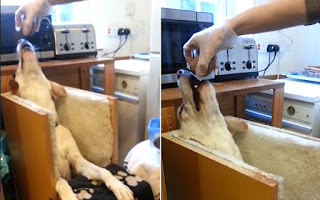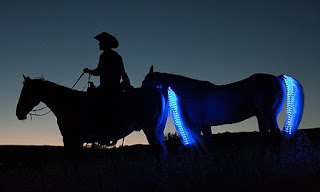Horses that came into contact with urine from black flying foxes were most likely to catch the virus, It has long been known that bats are the natural hosts of the Hendra virus and could pass it to horses, but exactly how that happens has been difficult to prove.
Dr Hume Field is a science and policy advisor with US conservation group EcoHealth Alliance, and the former principal scientist with the Queensland Centre for Emerging Infectious Diseases. He said a recent study of 3,000 bats from Charters Towers in north Queensland, to Sydney in New South Wales, indicated urine was the most likely link."The study took samples from urine, faeces, saliva, and nasal discharge and the clear evidence was that urine, by far, was the most common source in which the virus was found," Dr Field said."Faeces was further down the line and saliva and nasal discharge were very infrequent."But despite urine being the most likely source of contamination, Dr Field said more information was needed to establish how horses come into contact with it.
if you had a horse that was resting or grazing under a tree where flying foxes were feeding, and flying foxes urinate a lot when foraging in trees, there is the potential for that horse stranding underneath to get directly contaminated."It can happen through the nose, the mucus membranes of the eyes or as well horses can ingest some urine on grass."Dr Hume said researchers had also identified which species of flying fox were more likely to pass on the disease, and said horse owners in areas where black flying foxes were common should be most wary.
Dr Hume said the study explored three species; red flying foxes, black flying foxes, and grey-headed flying foxes.He said various information over the years made scientists think that not all flying foxes were the same when it came to the Hendra virus risk they posed.But this study into 3,000 animals across three species offered a better understanding, he said."It was abundantly clear that all of the positive detections of Hendra viruses came from black flying foxes and none came from little red flying foxes and none came from grey-headed flying foxes," he said."We know there are antibodies in all of those species, so they all get infected at some stage."
The Department of Agriculture said vaccination was the best defence, and everyone should make their own choice. vaccination may be enforced in some cases to prevent death in horses.

read more here;http://www.abc.net.au/news/2015-07-27/hendra-urine-queensland/6650128

 Vets are very cautious when handling sick horses especially if they have not taken the hendra vaccine, because some vets have died from exposure during treatment and also because of prosecution. A balance must be maintained among all parties to prevent further death.
Read more here;http://www.abc.net.au/news/2015-11-18/hendra-policy-opponents-gain-new-voice/6950790
Vets are very cautious when handling sick horses especially if they have not taken the hendra vaccine, because some vets have died from exposure during treatment and also because of prosecution. A balance must be maintained among all parties to prevent further death.
Read more here;http://www.abc.net.au/news/2015-11-18/hendra-policy-opponents-gain-new-voice/6950790






















